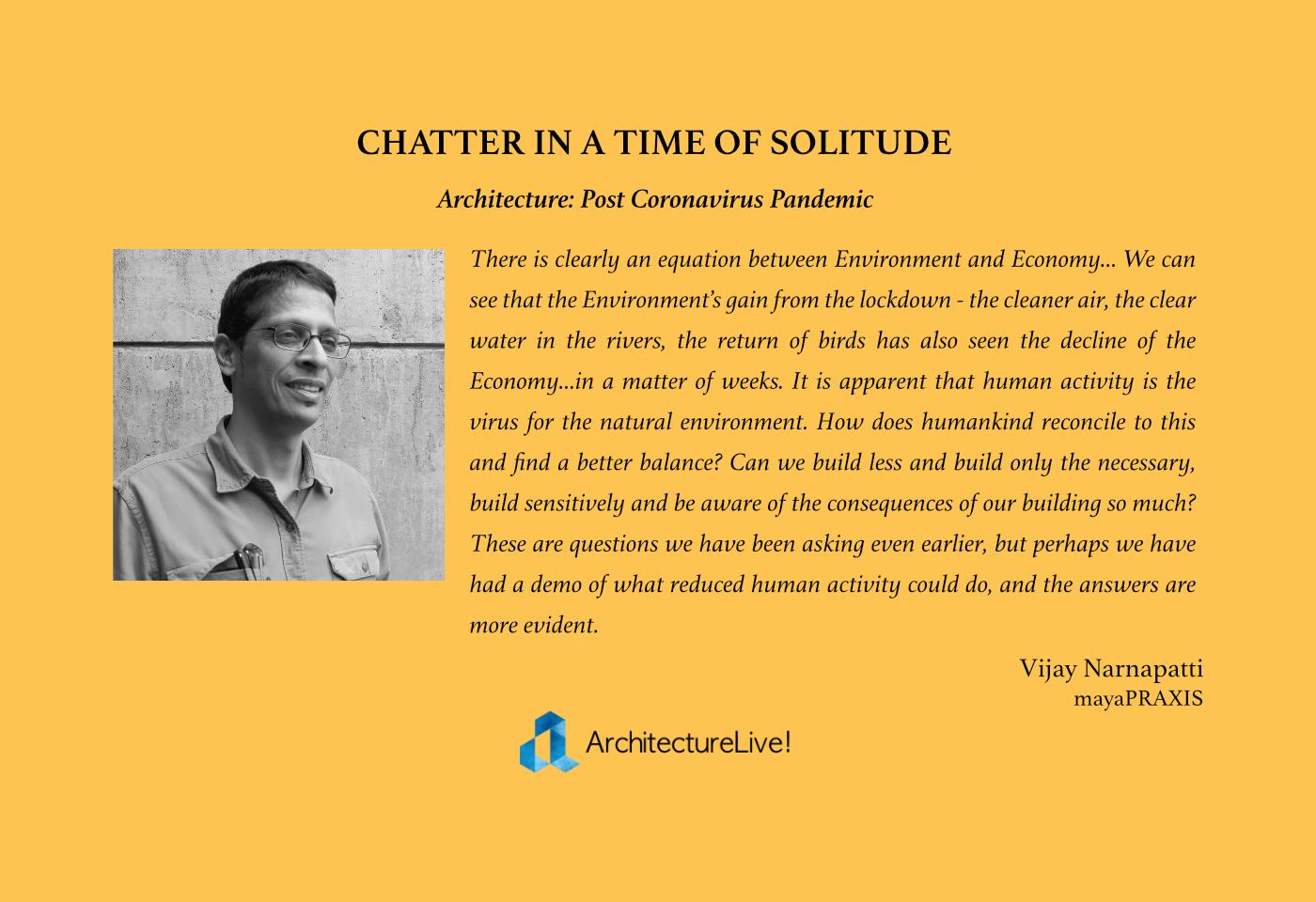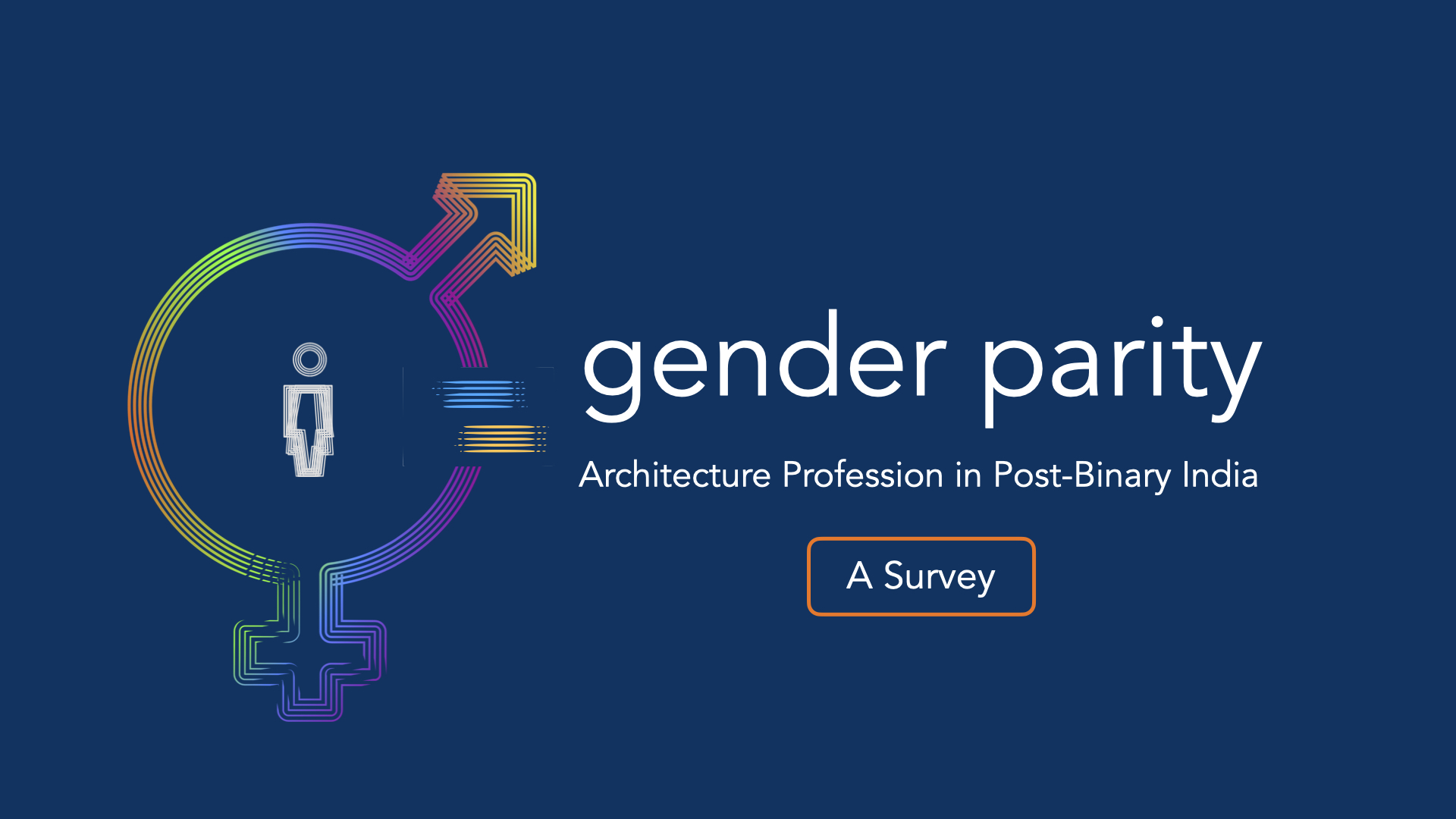So much silence, so much peace.
But not for everyone.
So much chatter
on one thing
Leading to many questions….
We may have never thought that an invisible strand of RNA can bring our world to a halt. Construction sites are empty, our offices are empty and the tedious conversations on WhatsApp and zoom are taking their toll. My daily routine seems to make work and domestic activity all mixed up. It is a routine I can easily get used to…for some time. And then there is all this chatter around –
Solitude. Death. Class-based society. Family values. Political gimmickry. Nationalism. Video forwards. Screen addiction. Media frenzy. Immunity. Political borders. Migrants. Governance. Fake News. Depression. [Human-made] Pollution. Connectivity. Less money. Bioscience. Virtual learning. Monitoring. Food scarcity. Healthcare.
This fabric of ideas, experiences and issues have been shaking our lives, some more recently than others. But these set of things seem to have gained traction in this viral moment and are more visible in discussions and news. The way we live, our habitats and their administration will respond to these more evidently. This wide fabric of ideas brings attention to a few things that matter to all of us today – Environment, Economy, Digitalism, Flexibility and Resilience.
There is clearly an equation between Environment and Economy… We can see that the Environment’s gain from the lockdown – the cleaner air, the clear water in the rivers, the return of birds has also seen the decline of the Economy…in a matter of weeks. It is apparent that human activity is the virus for the natural environment. How does humankind reconcile to this and find a better balance? Can we build less and build only the necessary, build sensitively and be aware of the consequences of our building so much? These are questions we have been asking even earlier, but perhaps we have had a demo of what reduced human activity could do, and the answers are more evident.
Dorai, a maestri, at one construction site puts it in perspective. “Why is the owner building another house when one already has 2 houses? But, well, I need the money, so I will help him build what he doesn’t actually need.”
We seem to have grown even more comfortable with the digital. We have drawn ourselves into the power of the screen – for family, work, news, for transactions and telethons. It directly replaces human contact and seems just more convenient. Our office boy would rather order clothes online than go to the neighbourhood market and haggle with the shopkeepers and with many salesmen who are reluctant to service him because he is not local. The remote, the mouse and the button have made it seem like we are in control. There is so much comfort in virtual communities and chatting that it has replaced meeting people face-to-face. And it has increased the number of people we may be in conversation with, especially with so much more time in our hands in the past few weeks. As we get more comfortable with the screen time, it can also give us more time to meet with the people we want to, in real spaces and circumstances.
The past couple of weeks have perhaps surprisingly made us more flexible and resilient. We have more flexible schedules, be more resilient to delays, doing things by ourselves what we would rather have others do normally. And thinking about what else one could or should be doing, rather than what one has been. This mode has made ‘thinking’ favourable. And issue-based thinking is even more viable. Many of us may have started thinking about things that should matter more than farmhouses or resorts. If migrants are getting a raw deal, can I help in making temporary but hygienic habitats? Homes which offer a variety of spaces. Offices which are not just indoor factories of virtual chatter. Public spaces that offer a more humane, flexible and open function. Can schools find a balance in learning from the cloud and the playground? Perhaps decision makers would see design as addressing issues rather than only as basic infrastructure, numbers, functionality or economics.
Our journey has been disrupted. A kink in the path has made us turn around, look at our surroundings and decide which meandering path to take forward. Each path can pass through a reshaping of our lives and perhaps our beliefs. The path of working towards a better world is perhaps subjective and may sound cliché but there is no running away from it. If we don’t shape a better world tomorrow, we are perhaps in trouble that we cannot even anticipate. Perhaps the power of design lies in the way we shape our lives towards a better world.









